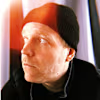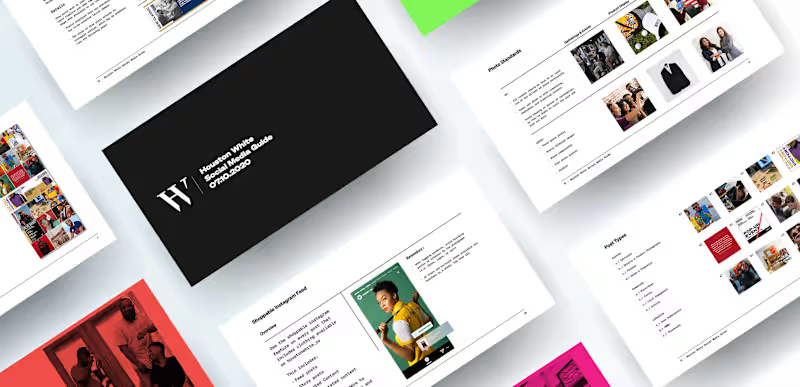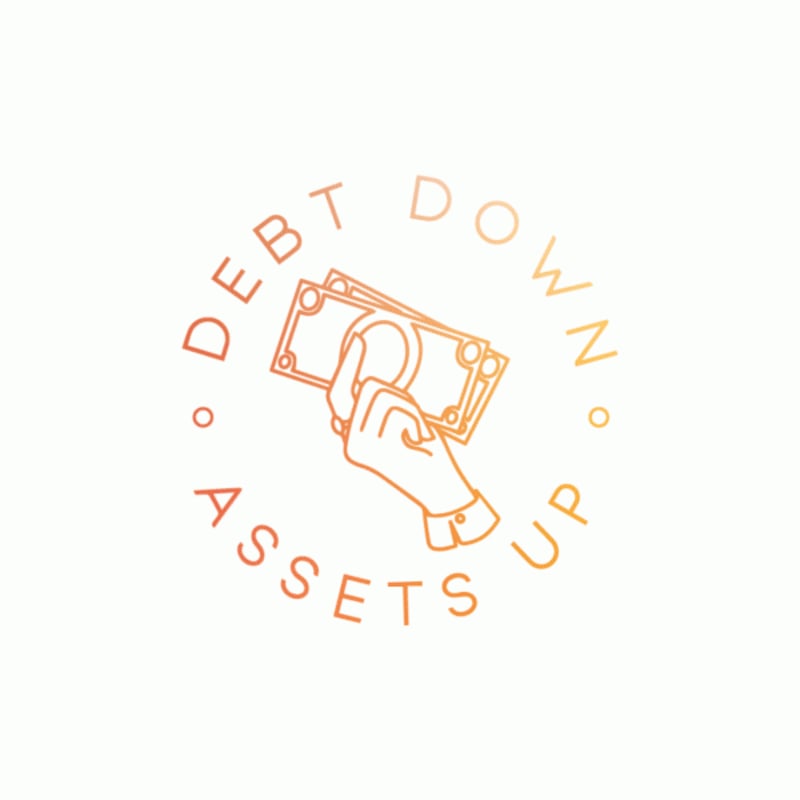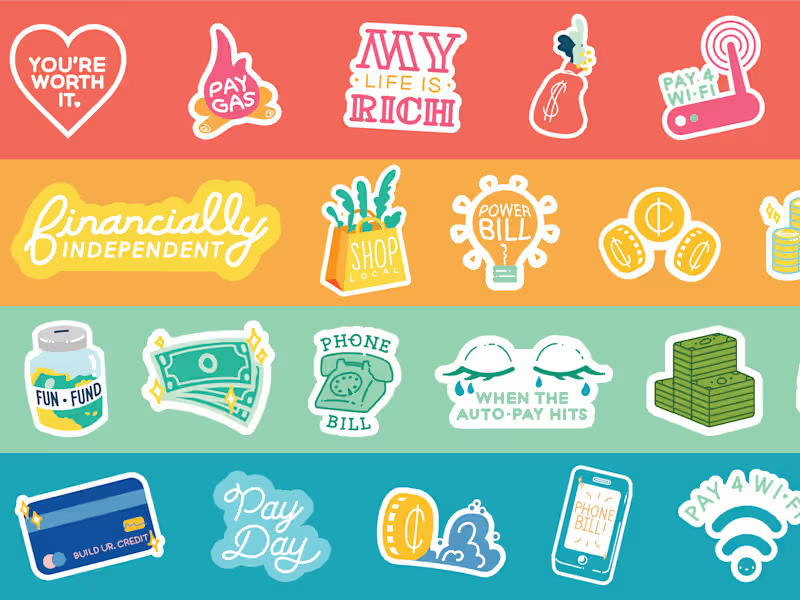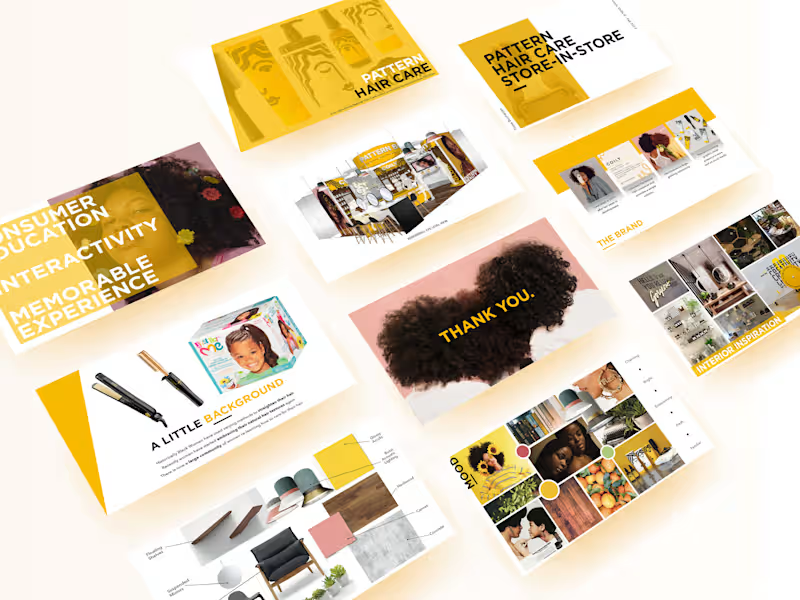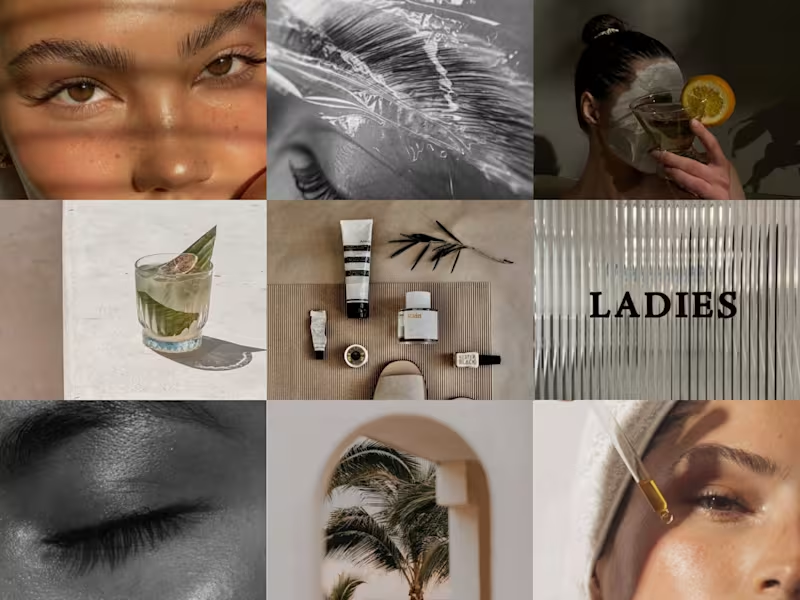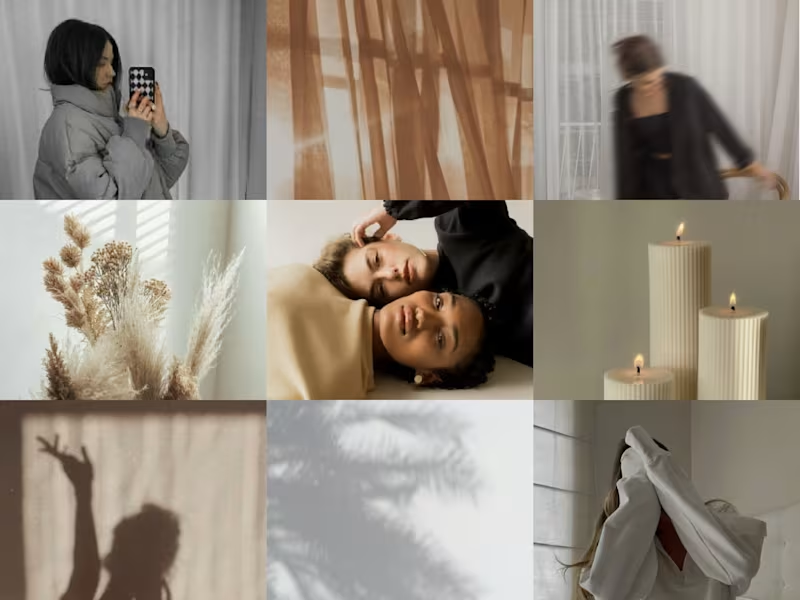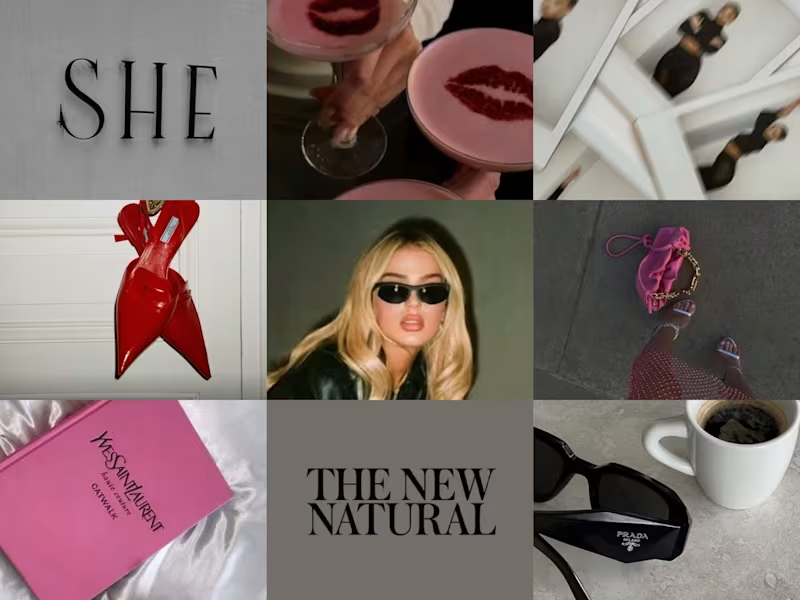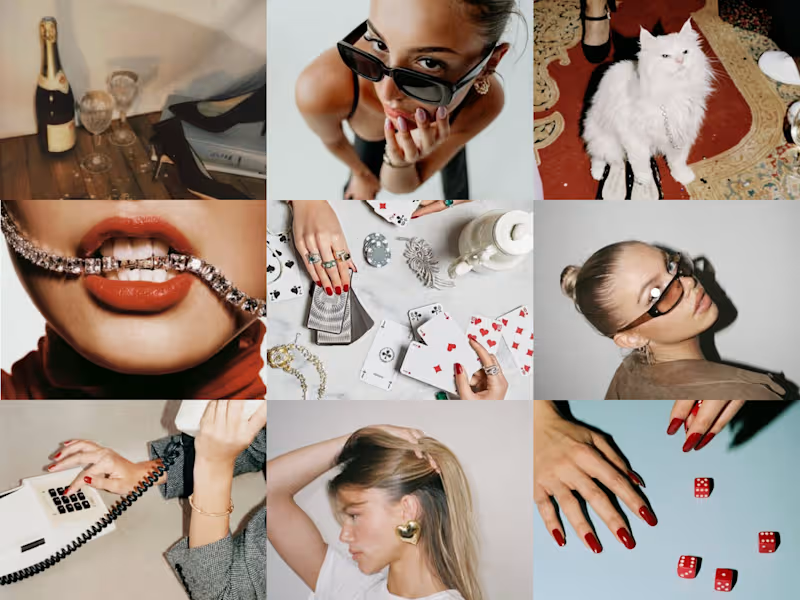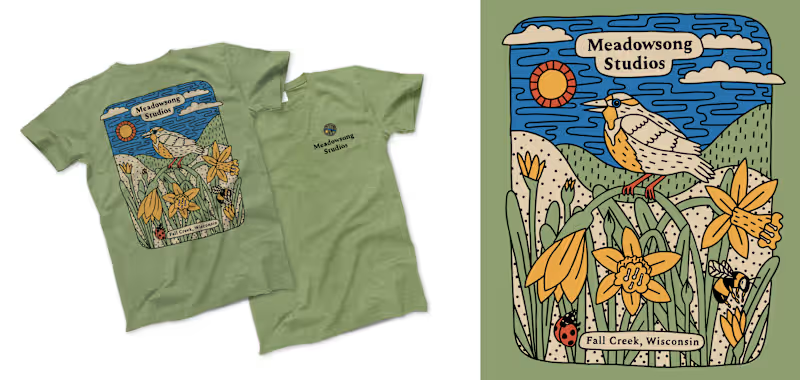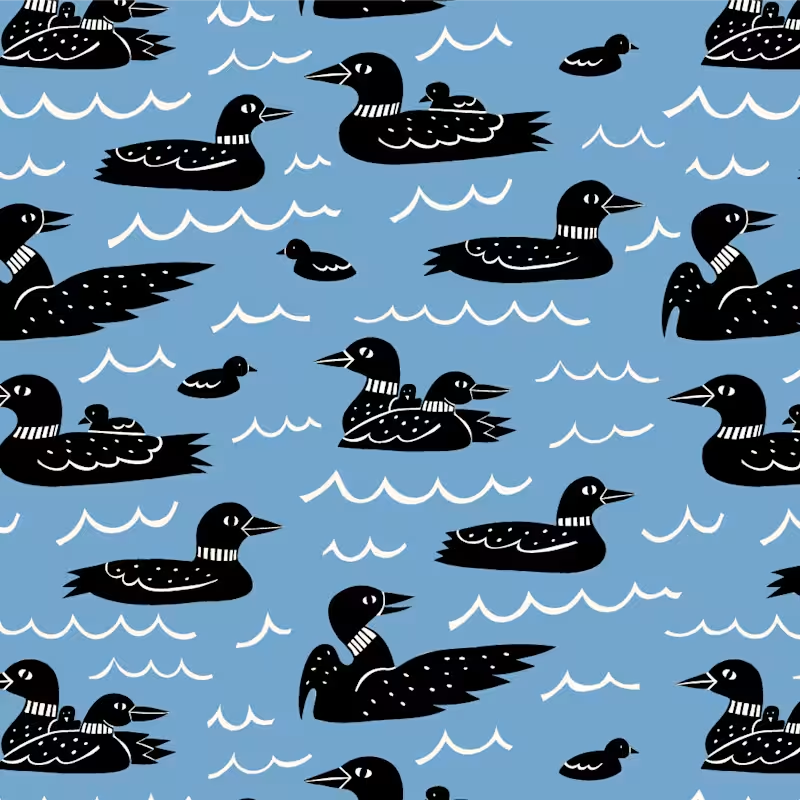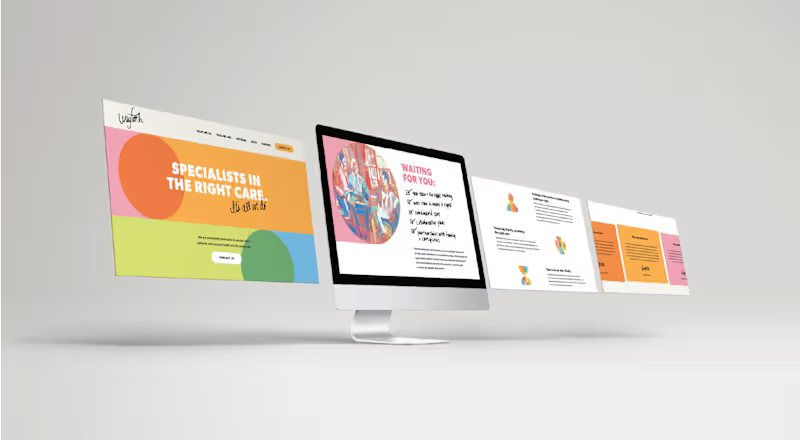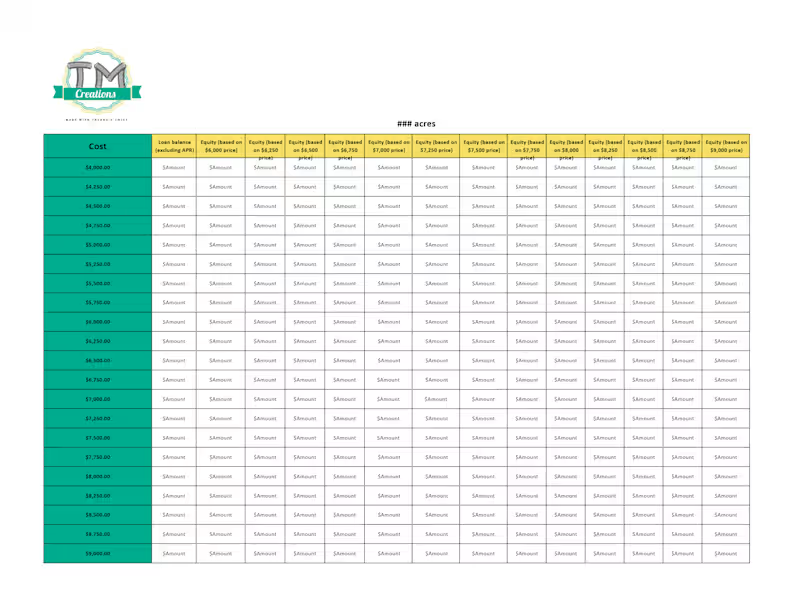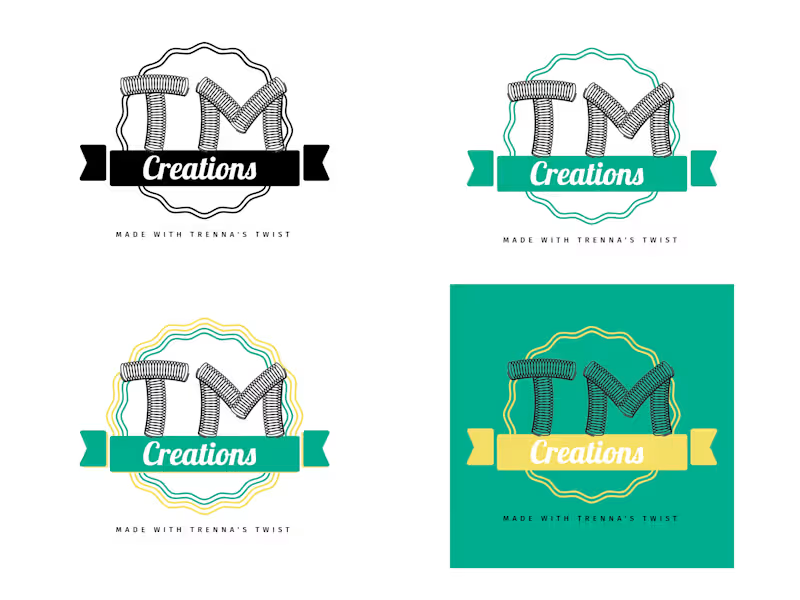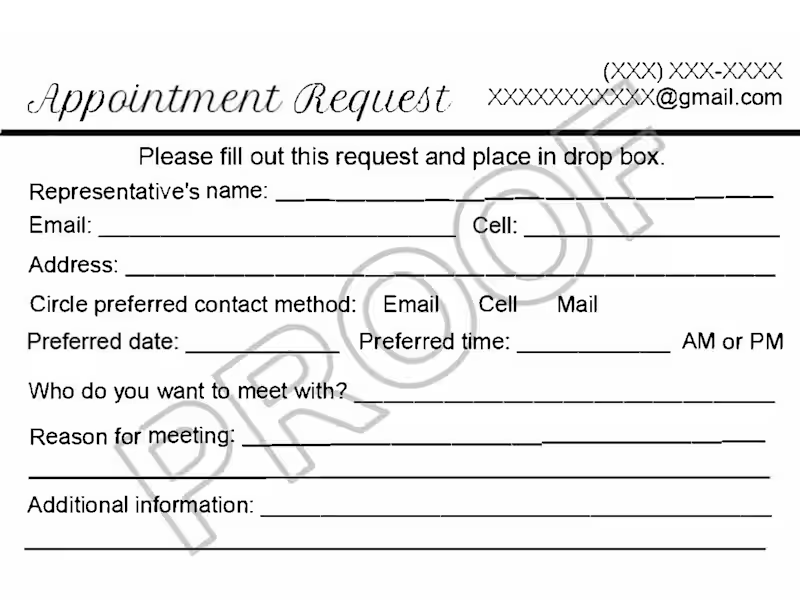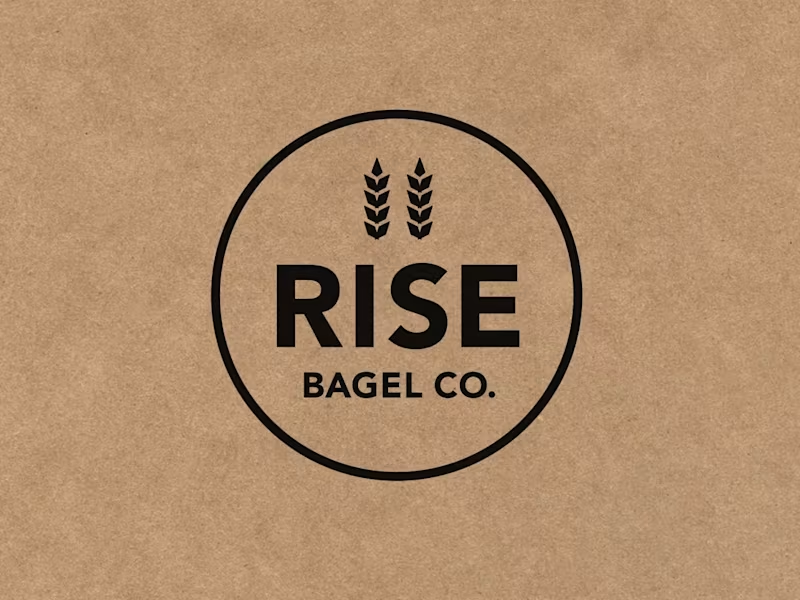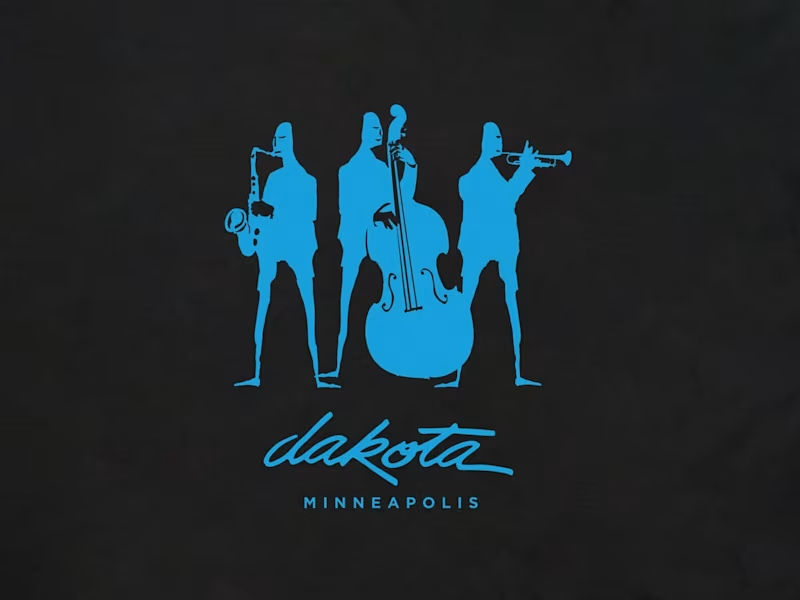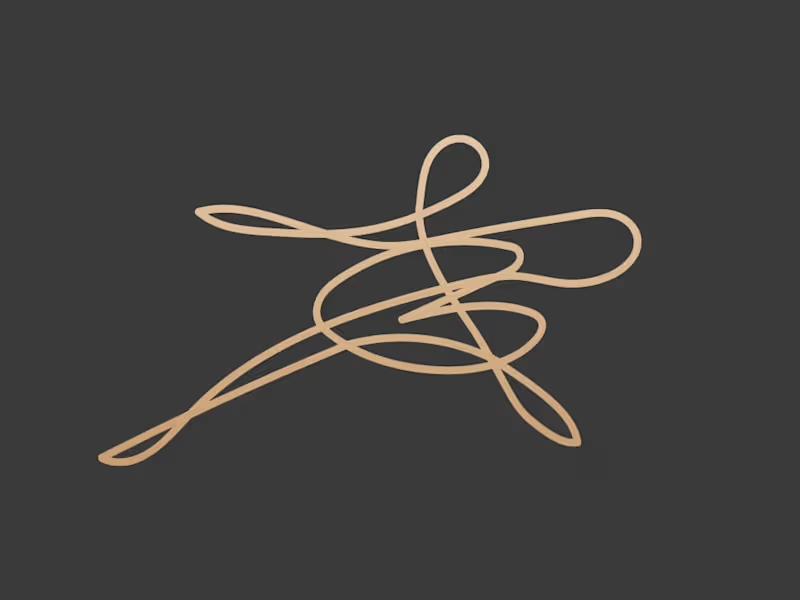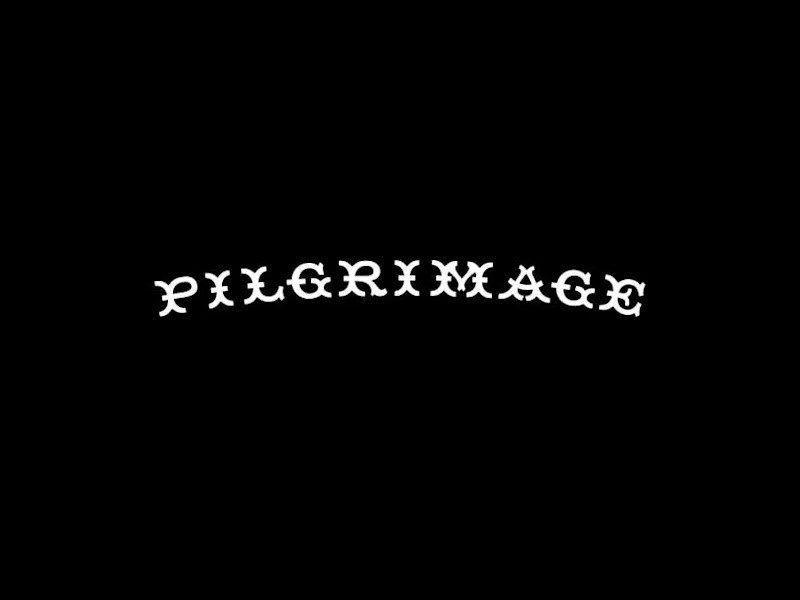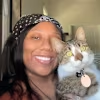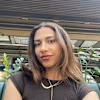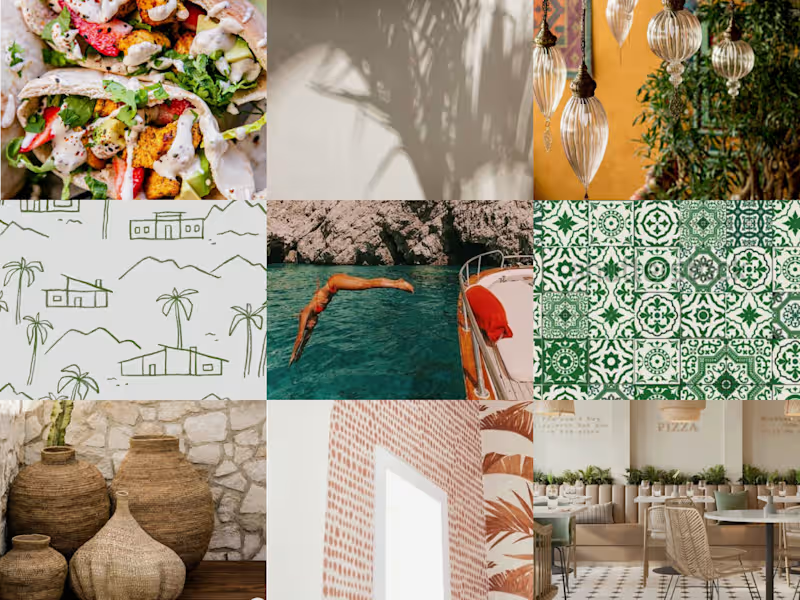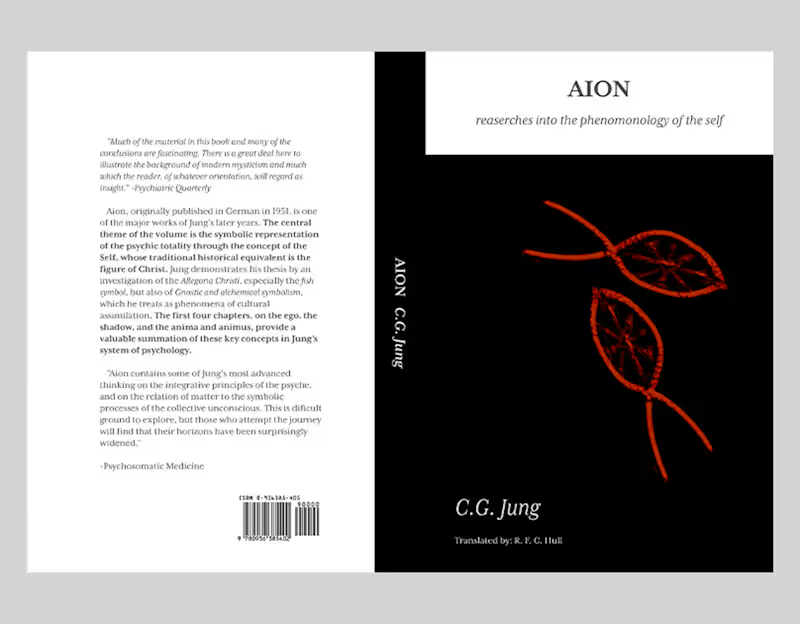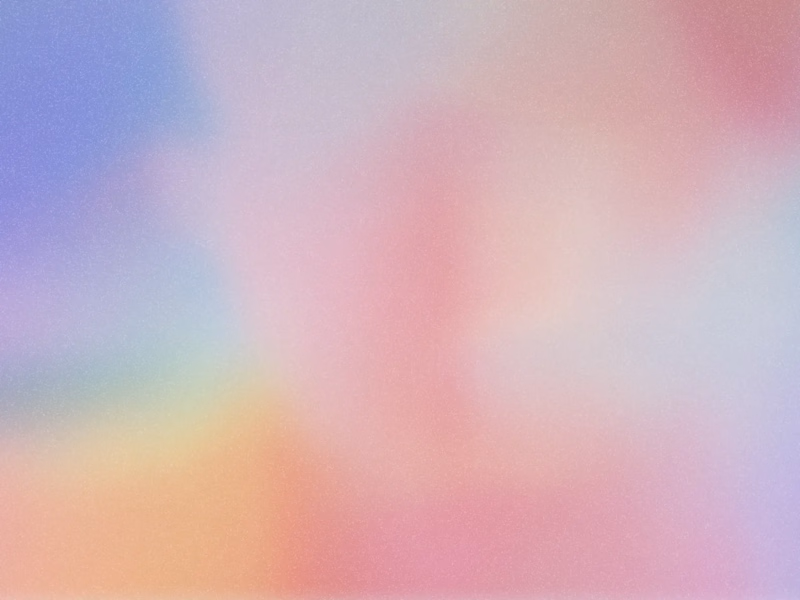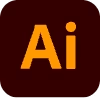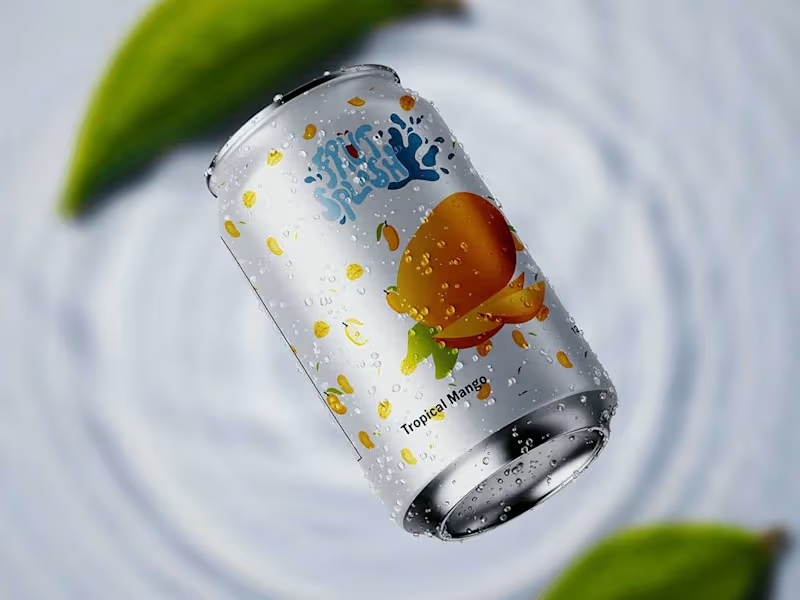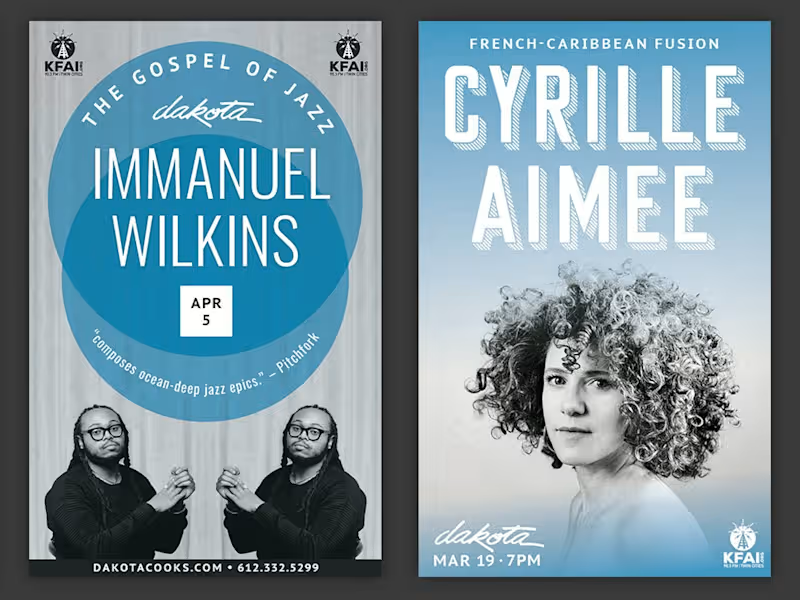What should I include in my project brief for a freelance print designer?
A clear project brief helps the designer know exactly what you need. Include details like the type of print work you need, such as brochures, posters, or business cards. Add any specific styles or branding guidelines your company uses. Including deadlines and any themes or colors you like will also help. This way, the designer can create something that fits your vision.
How do I decide on the deliverables with a print designer?
Decide what final products you need, like a PDF or print-ready files. Consider how you will use the designs, like online or in print. Clear deliverables help the designer know what to aim for. Discuss with the designer if you need editable files too. This makes sure you both have the same goal in mind.
What questions should I prepare for the onboarding call with my designer?
Start by outlining what the project is about and its goals. Ask about the designer's process and how they like to work with clients. Getting to know each other this way builds a good working relationship. Clarify how you will communicate, like emails or video calls. This helps make everything smooth and easy to understand.
Why is it important to share existing brand materials with your designer?
Giving brand materials helps the designer create something that fits your brand. Share logos, fonts, and color schemes you already use. Even things like past advertising or marketing ideas can be useful. This gives the designer a clear picture of your brand style. With this information, designs can stay true to your brand identity.
How can I make sure the designer understands the target audience for my project?
Explain who your audience is clearly. Give details about their age, interests, or habits if you can. The better a designer knows the audience, the better they can design for them. This makes the final product more effective. Having a common understanding helps you and the designer work towards the same goal.
How often should I expect updates from my print designer during the project?
It's good to set a schedule for updates with the designer at the start. Decide if you want weekly check-ins or updates at specific milestones. Regular updates help you know how things are going. You can give feedback or make changes along the way. This makes sure the project stays on track and meets your needs.
What should I check for in the initial design drafts from my designer?
Look to see if the drafts match your brief and brand style. Check if the designs align with your targeted audience and project goals. Make sure all important elements like logos or contact information are included. Give feedback on what you like or want to change. This helps the designer make improvements in the next drafts.
Why should I consider a local Minnesota designer for my print project?
Hiring a local print designer from Minnesota can make communication easier. They might know more about local trends and what people in Minnesota like. If needed, you can meet in person to discuss the project. Knowing the local culture can help them design something that fits well. It's a great way to support artists in your own area.
What specific requirements should I consider for printing in Minnesota?
Learn about local printing laws or requirements in Minnesota. This might include knowing what papers are eco-friendly or where to find local printing companies. Share these details with your designer to make sure everything meets the local standards. This can help avoid any surprises at the end. It also ensures the project is environmentally friendly and fits with local values.
Why is it crucial to discuss deadlines upfront with my designer?
Talking about deadlines from the start helps set clear expectations. This way, the designer knows exactly when you need the final products ready. It also helps them plan their work schedule to fit your project's needs. Clear deadlines can prevent delays and keep things moving smoothly. This ensures you have the designs ready when you need them.
Who is Contra for?
Contra is designed for both freelancers (referred to as "independents") and clients. Freelancers can showcase their work, connect with clients, and manage projects commission-free. Clients can discover and hire top freelance talent for their projects.
What is the vision of Contra?
Contra aims to revolutionize the world of work by providing an all-in-one platform that empowers freelancers and clients to connect and collaborate seamlessly, eliminating traditional barriers and commission fees.


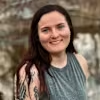

- 5x
- Hired
- 13
- Followers
